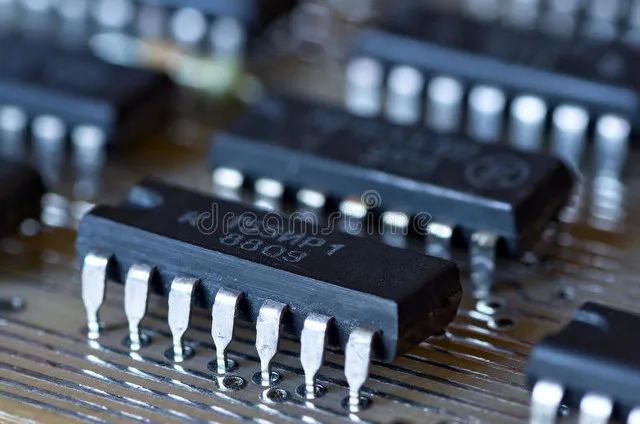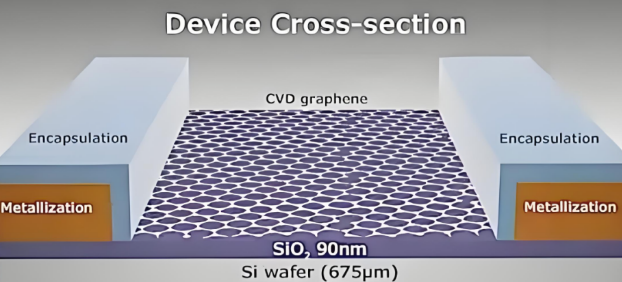Introduction: Is the Chip War About to Fail? $400 Billion Profit Handed to the U.S., Foreign Media Warns of Potential Catastrophe!
Are they starting to spread rumors because they can’t compete? Recently, foreign media have collectively sung the blues for China’s chip industry, claiming that “$400 billion in profits are handed over to the U.S.”, and even threatening that there will be a “catastrophe”.
However, when we look at the data released by the General Administration of Customs, since the beginning of the first half of 2023, China’s chip imports have plummeted by 22.4% year-on-year. In contrast, the three major U.S. chip companies have laid off as many as 18,000 employees, and Texas Instruments has been selling off its wafer fabs like cabbages. In this ongoing chip war that has lasted for five years, it is already clear who is bleeding and who is transforming!

Everyone knows that since the U.S. has unjustly suppressed our country’s chip industry, we have become more resilient. First, we increased our chip self-sufficiency rate to 41%, and then SMIC established a 28-nanometer production line, achieving a monthly capacity of 100,000 wafers.
The most satisfying news comes from Huawei’s HiSilicon, whose Kirin 9000s chip, equipped with domestic EDA tools, has returned to the 5G battlefield, causing the U.S. Department of Commerce to issue a license to Qualcomm overnight. These tangible achievements are completely ignored by foreign media, which only talk about “$400 billion in profits handed to the U.S.”.
This is indeed a classic case of foreign media taking things out of context. Unfortunately, even this data is false. Upon investigation, it turns out that foreign media counted the money China spent on imported chips as profits for the U.S. Their math skills must have been taught by a PE teacher! It’s truly ridiculous! Moreover, foreign media are so reckless with their credibility, desperately spreading rumors and slander, which shows they are genuinely anxious.
Data indicates that over the past five years, China has gradually broken the monopoly through capacity breakthroughs, technological advancements, and market drives. Recently, the Chinese Academy of Sciences announced a breakthrough in “silicon-graphene” transistors, which brings the possibility of chip manufacturing towards 1-nanometer or even picometer technology, potentially allowing us to counterattack the U.S. chip industry.

Moreover, there is a clear trend of domestic companies turning to purchase domestic chips, with the market share of U.S. chip companies in China dropping from 54% to 32%, and Intel’s revenue in China decreasing by 45%. This can be seen as the first breakthrough in China’s chip industry to completely break the U.S. monopoly.
It’s no wonder that foreign media are resorting to all means to use public opinion to hinder the development of our country’s chip industry. Unfortunately, no matter how they stir things up, it won’t work. In 2019, foreign media claimed we couldn’t produce DRAM memory, yet Changxin Storage mass-produced 19-nanometer DDR4; in 2021, they again sang the blues for China’s photoresist, but Nanjing University of Technology’s ArF photoresist has already passed verification by SMIC.
Furthermore, under the trend of domestic self-research, we have achieved nearly 100% breakthroughs in domestic technology in the life sciences field. This is also seen by industry insiders as a typical case of domestic technological breakthroughs countering the U.S.

From one point, we can see the whole picture. Just look at how Intel’s stock price plummeted by 40% after the implementation of the U.S. chip subsidy bill, and how the “Chip Four Alliance” has disbanded like a broken ship. Under a series of misguided policies in the U.S., the U.S. chip industry has gradually lost its previous advantages and fallen into a development dilemma.
Now, let’s look at China’s chip industry, which is steadily moving towards the pinnacle of the global chip industry with its unyielding spirit and continuous innovation capabilities. The outcome of this long-lasting chip war is already clear.
Just observe SMIC’s 28-nanometer production line running day and night, and the wave of layoffs among U.S. chip giants, and you will understand that in this century’s contest, the last one laughing will definitely not be the hegemon that rose through sanctions, but the pragmatic faction that is genuinely upgrading the industry.